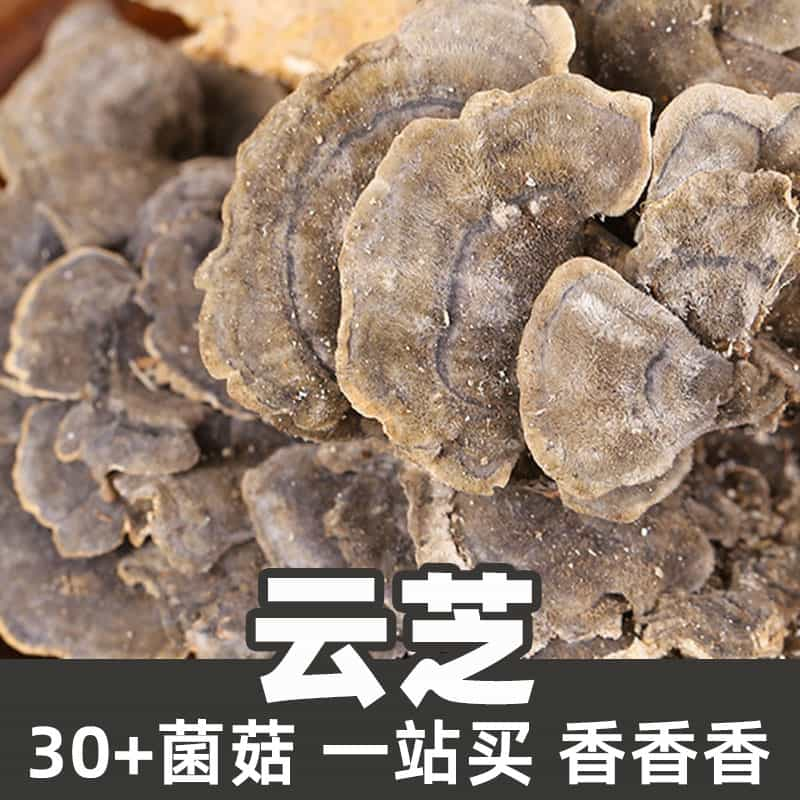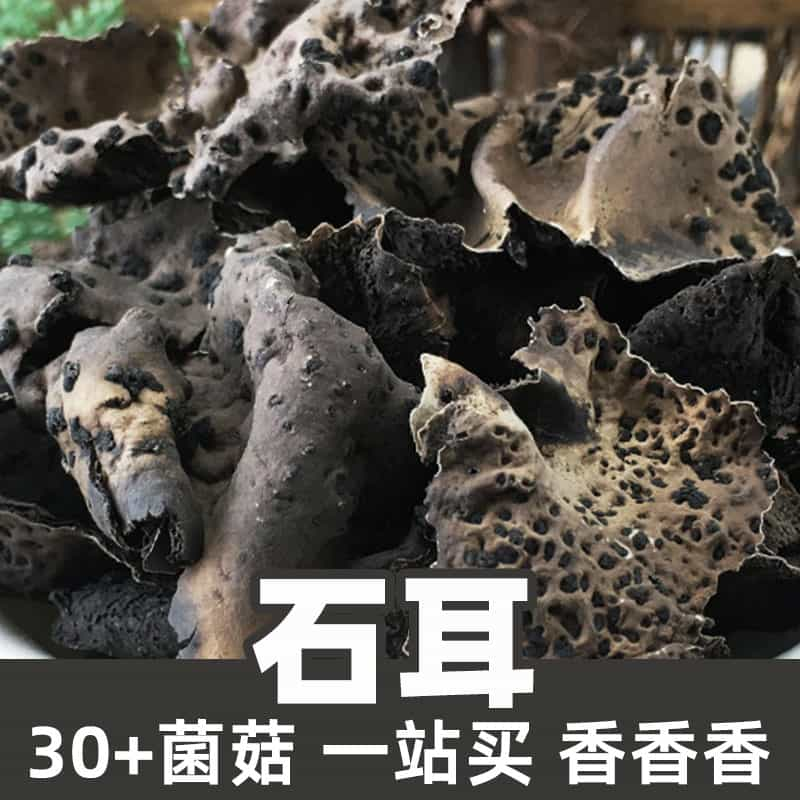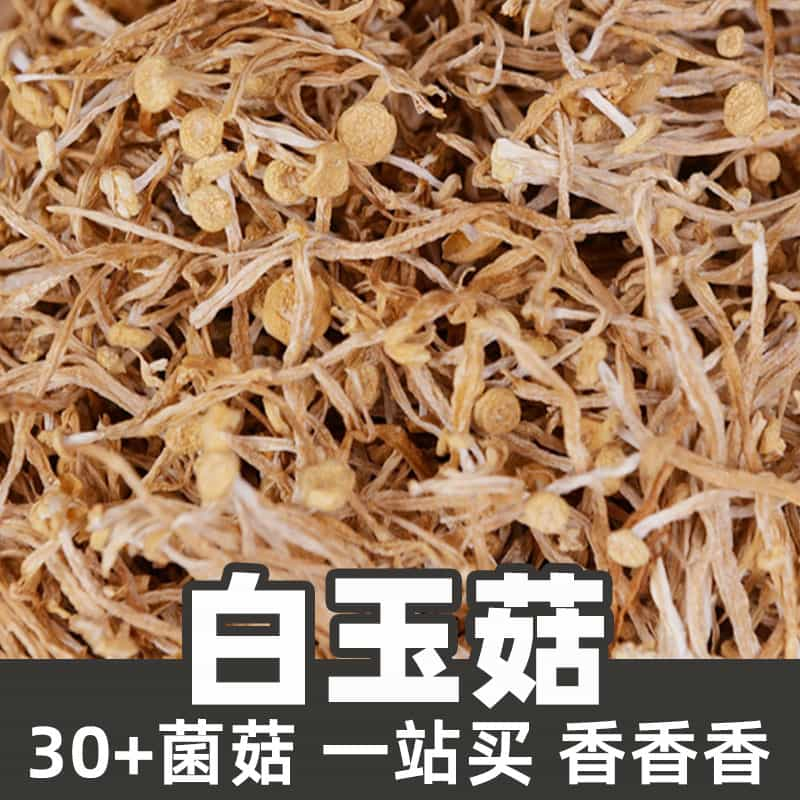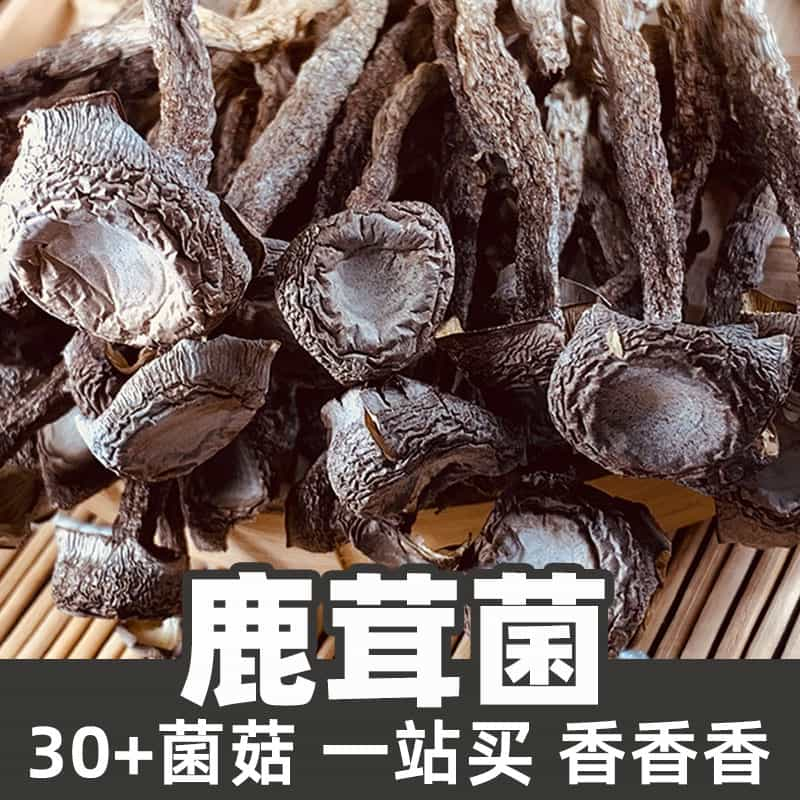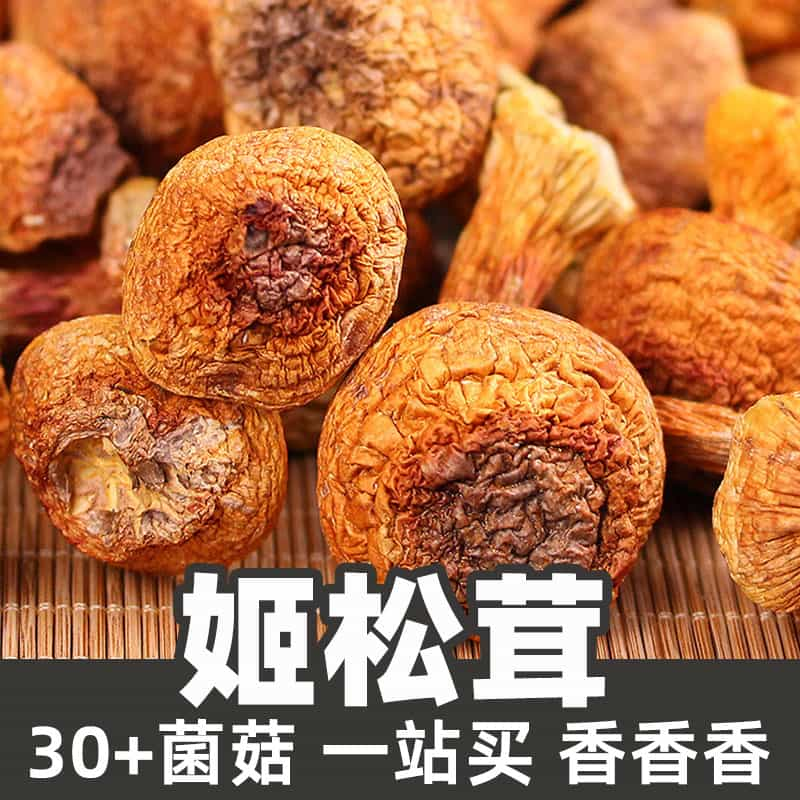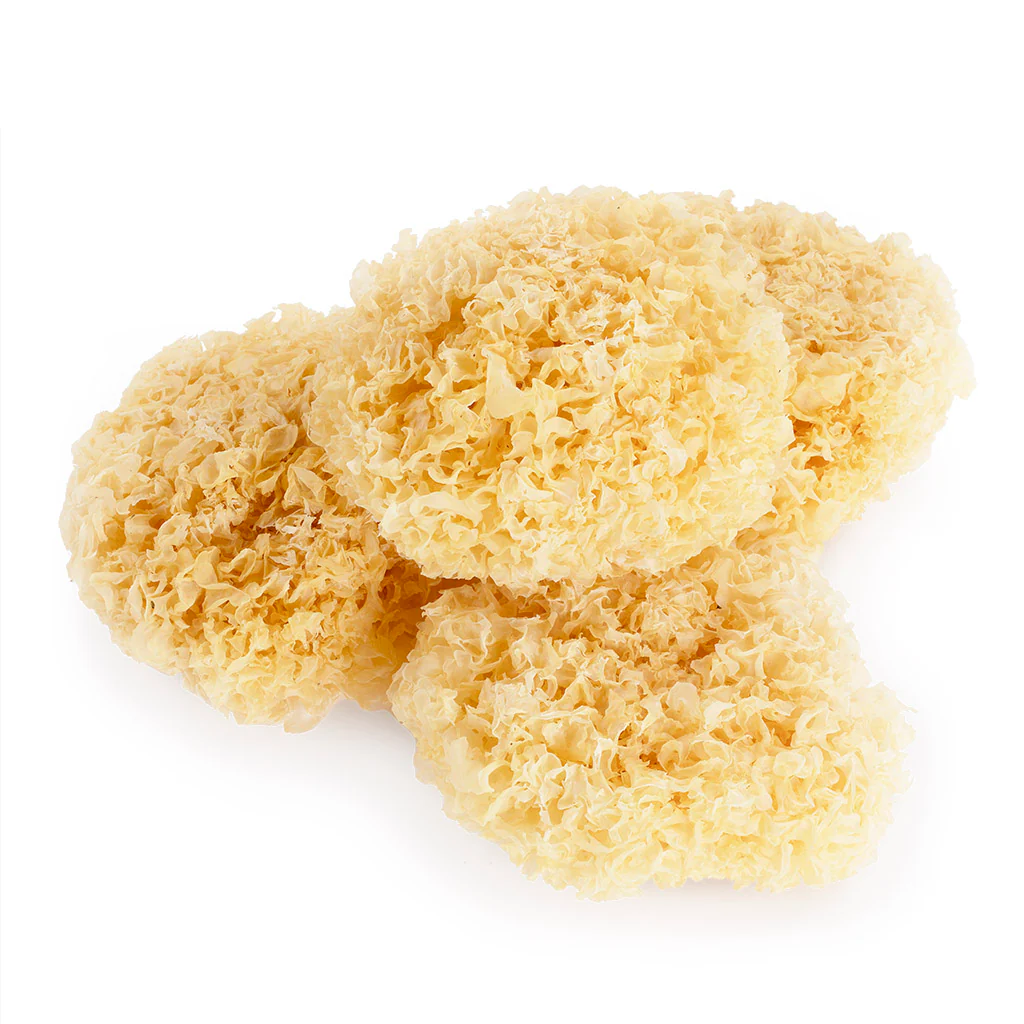Schizophyllum commune, commonly known as the Split Gills mushroom, is a fascinating organism recognized for its unique morphology and versatility. This non-toxic mushroom is known for its distinctive gill-like structures that split as the fruiting body matures, giving it a characteristic appearance. Originating from tropical and temperate regions around the world, Schizophyllum has been documented as far back as the 19th century. The mushroom typically thrives on decaying wood, playing an essential role in breaking down organic matter and cycling nutrients back into the ecosystem. Due to its saprophytic nature, it contributes to forest health by decomposing felled trees and other organic debris.
Schizophyllum is gaining attention not only in culinary circles but also within the realm of traditional herbal medicine. It is believed to possess various health benefits, attributed to its rich chemical composition, which includes polysaccharides and other bioactive compounds. The uses of this mushroom span culinary applications, where it is incorporated into various dishes for its texture and flavor, and medicinal uses, where it is explored for its potential in supporting immune function and overall health.
The diverse nature of Schizophyllum makes it a subject of interest for researchers in multiple fields, including mycology, medicine, and environmental science. Understanding this mushroom's composition, benefits, and application can reveal insights into harnessing its potential for human use.
The nutritional composition of Schizophyllum commune includes several key active ingredients and functional compounds that contribute to its health benefits. Among the primary components are polysaccharides, particularly beta-glucans, which are known for their immune-modulating effects. Research indicates that these polysaccharides may enhance immune response by activating various immune cells, such as macrophages and natural killer cells.
Additionally, Schizophyllum contains proteins that provide essential amino acids beneficial for human health. The mushroom also possesses a range of bioactive compounds, including triterpenoids, which are often noted for their anti-inflammatory and antioxidant properties. These compounds can help reduce oxidative stress, making Schizophyllum a potential ally in promoting overall health.
In terms of micronutrients, Schizophyllum offers vitamins such as B-complex vitamins, including riboflavin, niacin, and pantothenic acid, which are essential for energy metabolism and maintaining healthy body functions. The minerals found in this mushroom, like potassium, selenium, and copper, play important roles in various biological processes, including metabolic rate regulation and antioxidant defense.
Moreover, phenolic compounds found in Schizophyllum contribute to its potential health benefits through their antioxidant activity, helping to protect cells from damage caused by free radicals.
Overall, the unique nutritional composition of Schizophyllum commune, characterized by its polysaccharides, proteins, bioactive compounds, and essential vitamins and minerals, positions it as a valuable addition to a health-conscious diet.
The applications of Schizophyllum commune are broad, ranging from culinary to medicinal uses. In cooking, this mushroom is appreciated for its unique texture and mild flavor, making it an excellent addition to soups, stir-fries, and stews. Its split gill appearance allows it to absorb flavors well, enhancing the overall culinary experience. Chefs seeking unique mushroom varieties often turn to Schizophyllum to add visual appeal and distinct taste to their dishes.
In traditional medicine, Schizophyllum has been used in various cultures for centuries. It is known for its potential immune-boosting properties and is often utilized in herbal formulations aimed at enhancing overall health. Extracts from the mushroom are considered for their anti-inflammatory and antioxidant capabilities, leading to exploration in the context of chronic diseases related to inflammation and oxidative stress.
Moreover, Schizophyllum is garnering attention in biotechnological research. Due to its unique biochemical properties, scientists are investigating its potential for sustainable practices, such as bioremediation and waste decomposition. The ability of Schizophyllum to break down organic matter can be harnessed for environmental cleanup efforts, offering a natural solution to managing waste.
Research also explores the potential of Schizophyllum extracts in pharmaceuticals, particularly for developing new therapeutic agents. Its compounds may provide a foundation for creating functional food products and natural health supplements.
Overall, Schizophyllum commune holds promise across multiple domains, from enhancing culinary offerings to providing insights into health and environmental sustainability.
The growth environment and geographic distribution of Schizophyllum commune are integral to understanding this mushroom's natural habitat. Schizophyllum is typically found in temperate and tropical regions worldwide, thriving in environments rich in decaying wood, leaves, and organic matter. It plays a vital role as a saprophyte, contributing to the decomposition process and nutrient cycling within forest ecosystems.
This fungus is commonly seen in forests, woodlands, and urban areas, often found growing on the remains of deciduous trees such as oak, beech, and birch. The mushroom's life cycle begins with the germination of spores in damp conditions, often after a rain event, contributing to its peak activity in moist environments. The presence of Schizophyllum indicates a healthy, balanced ecosystem, as it helps decompose dead organic material, facilitating new growth.
Geographically, Schizophyllum commune is found on nearly every continent, thriving in diverse climates ranging from tropical rainforests to temperate woodlands. Studies have documented its presence in regions such as North America, Europe, Asia, and Africa, which highlights its adaptability to various environments.
The mushroom's sporulation and fruiting processes can vary based on climatic conditions, with optimal growth often occurring in the fall and spring months when humidity levels are higher. In places with temperate climates, Schizophyllum can produce fruiting bodies in abundance, especially following wet periods.
Forest management practices and ecological health can significantly influence the distribution and presence of Schizophyllum. Conservation efforts that protect forests enhance the likelihood of this mushroom's growth by maintaining the balance of ecosystems. Recognizing the importance of Schizophyllum in these environments underscores its role as an integral component of forest ecology.
Harvesting Schizophyllum commune requires careful methods to ensure sustainability and preserve the integrity of its growth habitat. The fruiting bodies are typically harvested during their peak season in the fall and spring, when they are abundant and young. For optimal freshness, it is recommended to pick them in dry weather, as moisture can affect their quality.
Harvesters utilize clean, sharp tools to detach the mushrooms from their substrate, ensuring minimal disturbance to the surrounding environment. It is essential to leave some fruiting bodies and spores behind to promote ongoing growth and reproduction of the species. Additionally, care should be taken to avoid overharvesting and to allow the population to regenerate naturally.
After harvesting, proper processing is crucial to maintain the mushroom's quality. Fresh Schizophyllum can be cleaned gently with a soft brush or cloth to remove dirt and debris. They are typically used shortly after harvesting in culinary applications, but they can also be dried for longer-term storage.
Dried Schizophyllum can be preserved effectively by storing them in airtight containers in a cool, dark place. This process helps retain their active compounds and flavor, extending shelf life for culinary or medicinal use. It's crucial to keep dried mushrooms away from moisture, which can lead to mold and degradation.
For commercial purposes, Schizophyllum extracts and powders are prepared through processes like freeze-drying or extraction, concentrating their bioactive compounds for use in dietary supplements and pharmaceuticals. The extraction methods can vary, including water or alcohol extraction, depending on the desired end product.
Overall, understanding the harvesting, processing, and storage methods for Schizophyllum commune is vital for maximizing its potential, ensuring sustainable practices, and delivering quality products to consumers.
Monica Sun is a seasoned expert in the natural raw materials industry, with over a decade of experience specializing in traditional Chinese medicinal herbs, spices, and fungi. She is skilled in the sourcing, processing, and application of these materials, emphasizing sustainability and innovation. Monica Sun has contributed to the development of high-quality natural raw materials that serve as essential components in functional foods, pharmaceuticals, and cosmetics, delivering tailored solutions to meet diverse market needs.









